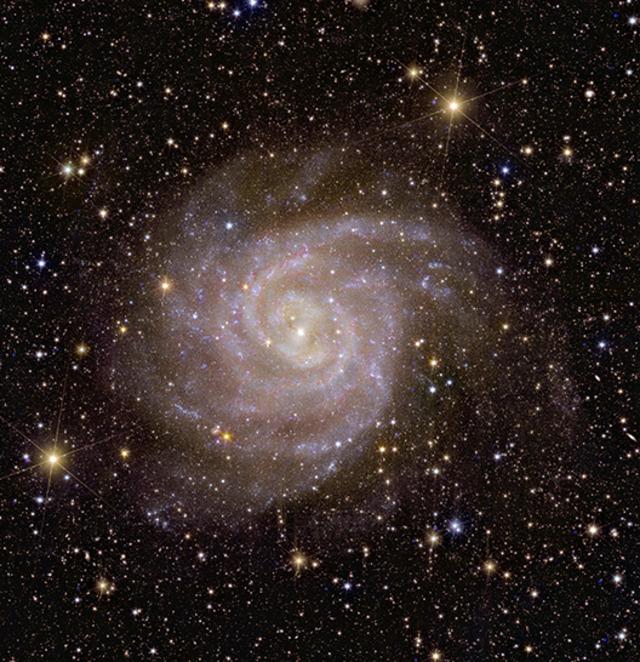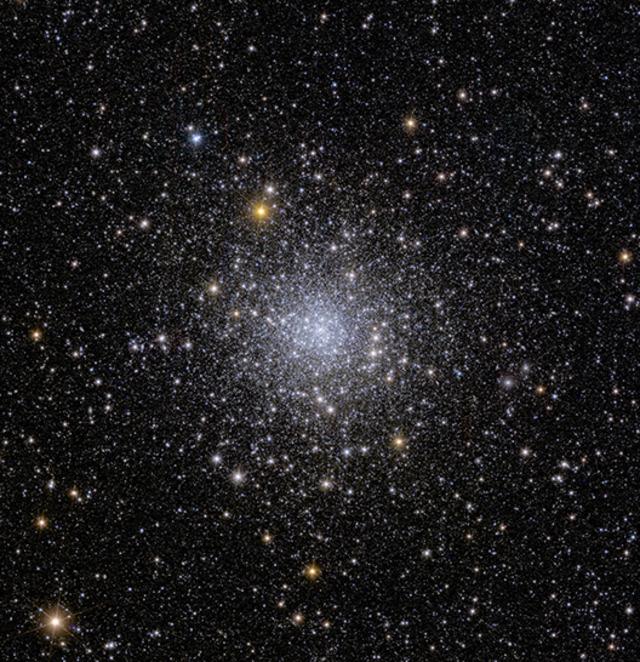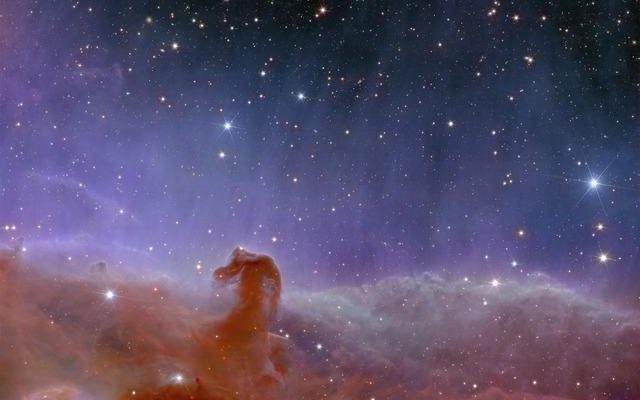The galaxies in the Euclid photographs, which ESA describes as “never before has a telescope captured such a large part of the deep space of the universe with such razor-sharp clarity,” have been imaged before with the Hubble Space Telescope.
One image includes 100,000 galaxies billions of light-years away in the background of a group photo of 1,000 galaxies 240 million light-years away.
‘TOO FALE TO BE DIGNIFIED’
Scientists stated that compared to the photographs sent to Earth from the telescope 4 months ago, the galaxies in question were too faint to be distinguished in the images taken previously.

Another photo reveals the star arrangement of another galaxy whose center is observed with the Hubble Space Telescope and is located relatively close to the Milky Way.
Euclid also took a photo of the Horsehead Nebula, the birthplace of young stars in the Orion Constellation that Hubble had previously imaged.

With the Euclid Space Telescope, ESA aims to create the largest three-dimensional map of space ever and to discover evidence that will shed light on the concepts of “dark matter” and “dark energy”, which make up approximately 95 percent of the universe.
The Euclid Space Telescope was launched from the Cape Canaveral Space Station in Florida, USA, on July 1.

